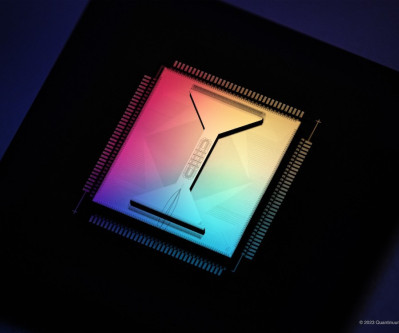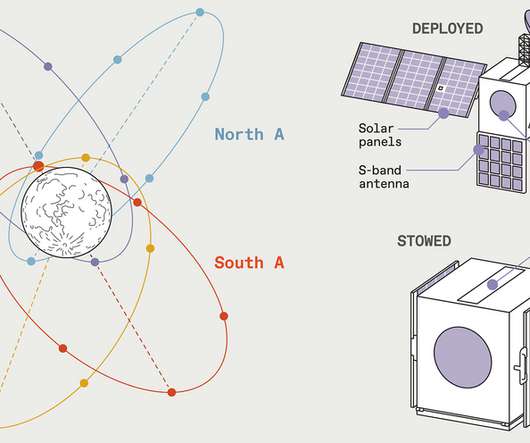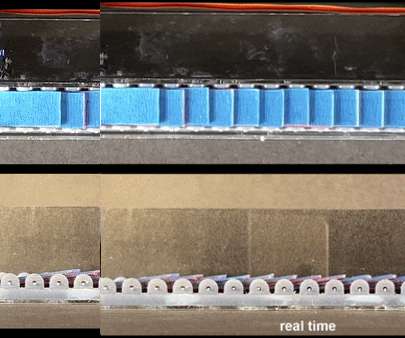Exeter team develops low-cost photoelectrode for spontaneous water-splitting using sunlight
Green Car Congress
MAY 9, 2018
The nanostructured photoelectrode results in spontaneous hydrogen evolution from water without any external bias applied with a faradaic efficiency of 30% and excellent stability. The greatest challenge is to develop a suitable technology for large scale and cost effective solar fuel production to compete with fossil fuel.





































Let's personalize your content